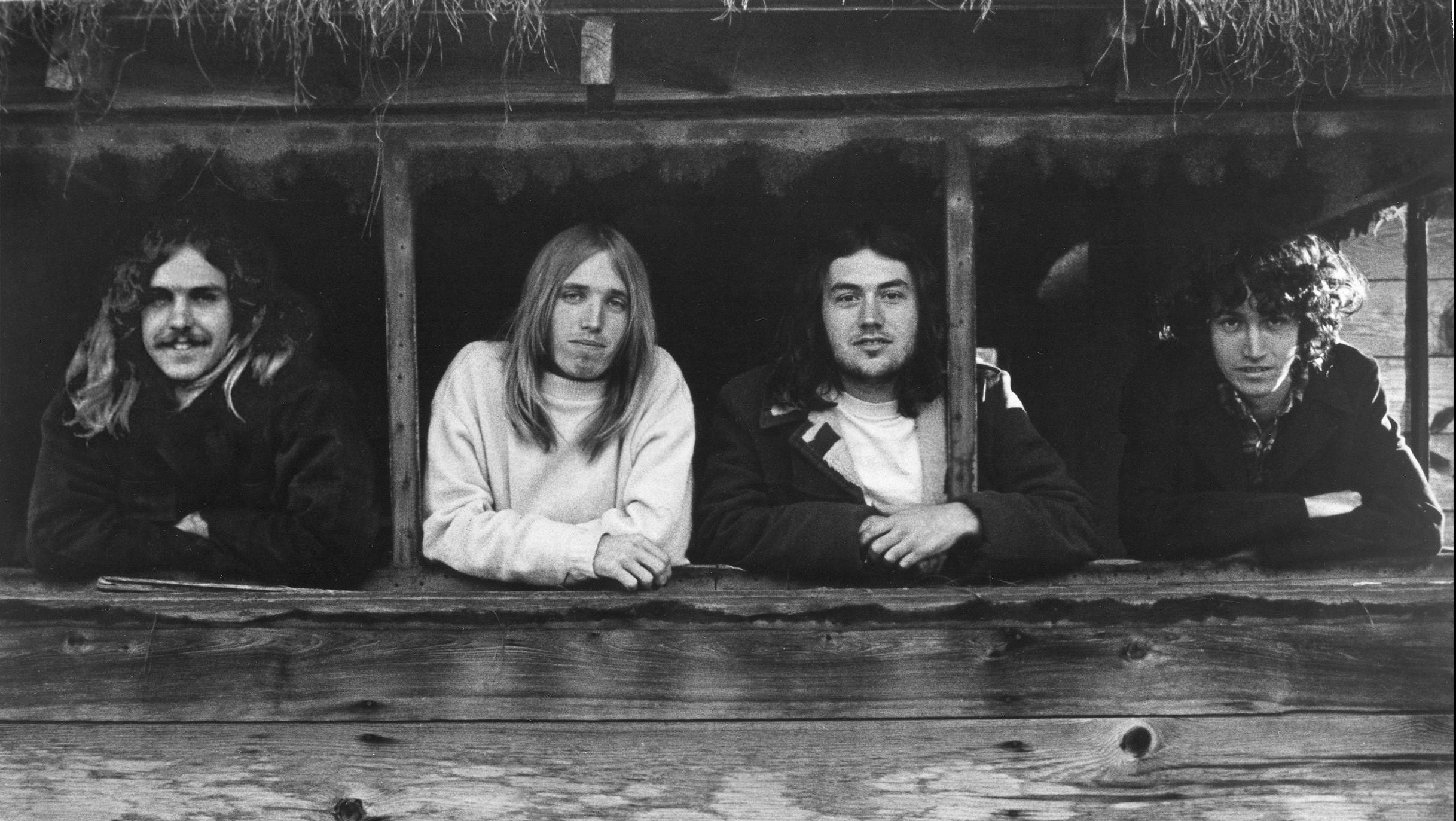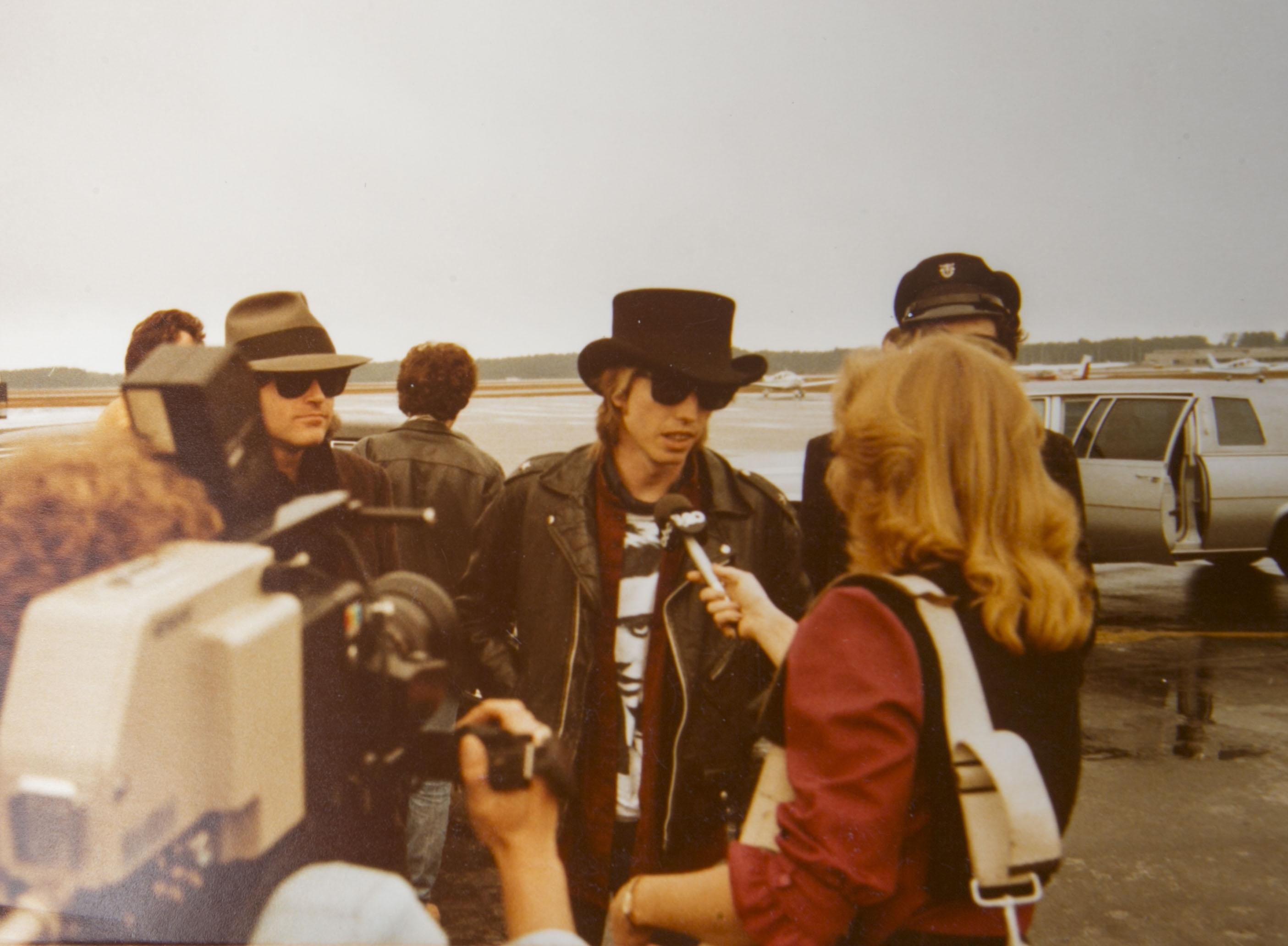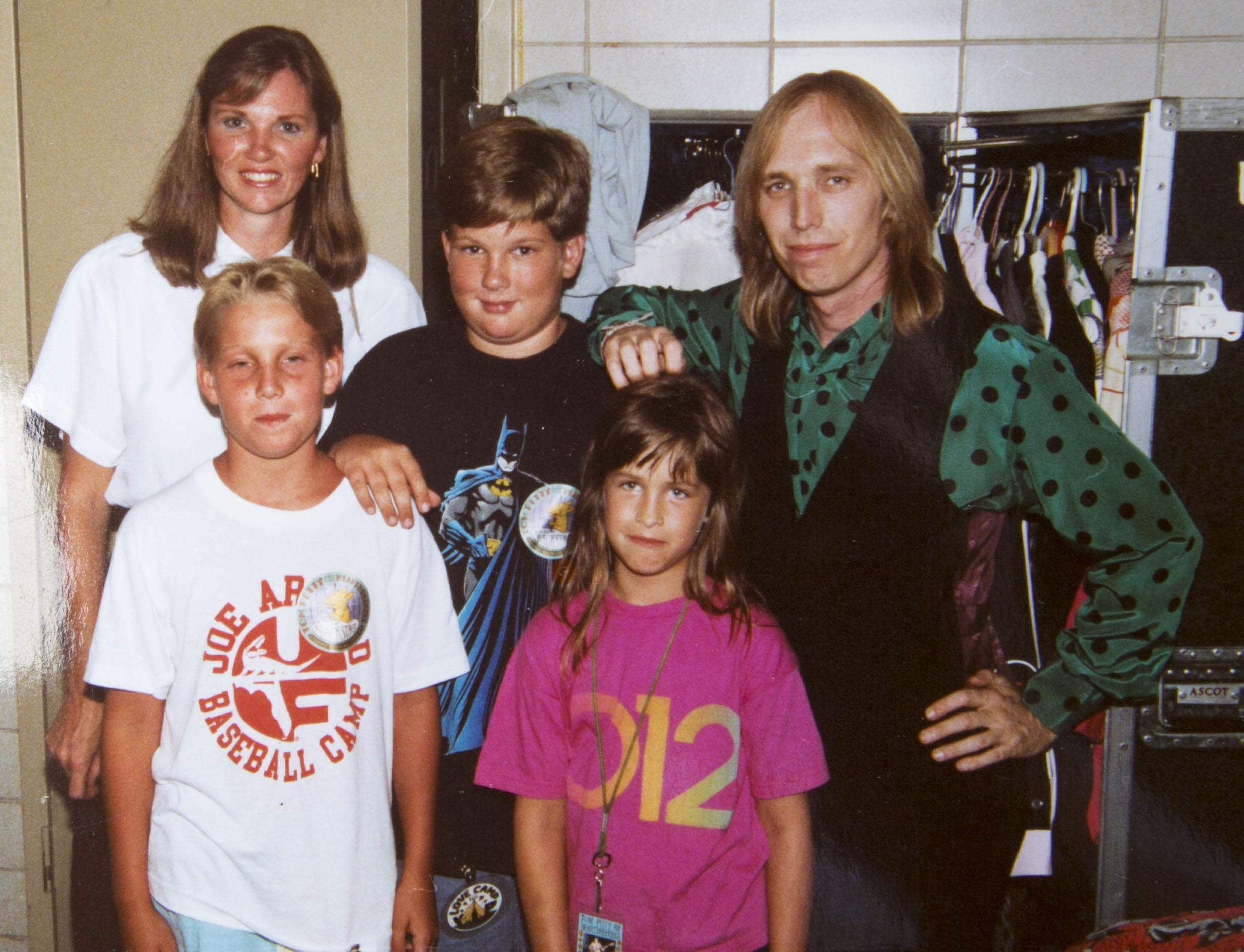
Gainesville: Where Tom Petty's dreams began
During the ’60s and ’70s, Gainesville created a musical environment that was both exciting and highly productive. The musicians who were a part of it have contributed greatly to the history of rock ‘n’ roll, with total record sales in the hundreds of millions. In addition to that free-falling blond guy who won’t back down are several others who also lived here and took every opportunity to develop their musical skills and perform in front of an audience.
Eight musicians with musical roots in Gainesville in the ’60s and ’70s have been inducted into the Rock and Roll Hall of Fame: Stephen Stills (Crosby, Stills and Nash; Buffalo Springfield), Don Felder and Bernie Leadon (the Eagles), and the original lineup of Tom Petty and the Heartbreakers — Tom, Mike Campbell, Stan Lynch, Benmont Tench and Ron Blair. That’s a remarkable showing for a small college town.
How can you explain this musical abundance? A vast student population ready to cut loose on weekends; bars and clubs that hired bands to encourage dancing, drinking and hooking up, and the 2,000-acre University of Florida campus with a large number of venues for live music. Add to this a music-friendly city administration and the ready availability of recreational drugs that included locally grown Gainesville Green, and you have the ideal setting for a thriving music culture.
The city and music were a comfortable fit. Through the years university-sponsored concerts brought Stevie Wonder, Janis Joplin, James Brown, Simon and Garfunkel, the Doobie Brothers, the Guess Who, Chicago, Ray Charles, the Supremes, Blood, Sweat and Tears, the Fifth Dimension, Sly and the Family Stone, Leon Russell, Elton John.
There was live music every night — at Dub’s, the Lamplighter, Trader Tom’s, Bilbo and Gandalf’s, the Long Branch Saloon, the Great Southern Music Hall, the Alibi, the Place, the Connection, Cin City Lounge, the Keg, and the Granfalloon. These venues have long since closed, but echoes of music still reverberate in what is now an Asian restaurant, an industrial fastener outlet, a trophy store.
This feature was previously published on Gainesville.com on Sept. 29, 2018.

The University of Florida also attracted musical talent indirectly. Dr. Bernard Leadon arrived in 1964 to teach aerospace engineering. Eldest child Bernie, who was already proficient on guitar and banjo at age 17, asked around at a music store for the name of the best guitarist in town. The answer was Don Felder, a Gainesville native who began playing professionally at 13 in the Continentals.
The two joined forces in the Pink Panthers playing cover versions of popular songs. Seeking a more British image, the band was renamed the Maundy Quintet and became one of the region’s more active and successful bands. In 1967, the group recorded and released their own single, two songs written by Leadon and arranged by Felder: “2′s Better Than Three” and “I’m Not Alone,” topping the local radio charts. The musical craft of two future Eagles was already evident and both songs can be heard on the Internet.
Soon Gainesville began cranking out its own bands: the U.S. Males, the Sundowners, the Epics, Mudcrutch, City Steve, Frosted Glass, Riff, Purlee, the Airmont Classic, the Rare Breed, RGF, Road Turkey, the Certain Amount, Gingerbread, the Limits of Persuasion, Styrophoam Soule, Mr. Moose, Homer — to name a few.
Reminders of how far you could go playing in a band came to town frequently. In 1968, the Interfraternity Council presented the Beach Boys, Strawberry Alarm Clock, and Buffalo Springfield, a group that included Stephen Stills, whose “For What It’s Worth” had reached No. 7 on the music charts. Few in the audience knew Stills lived in Gainesville in the early ’50s, where he attended first, second and third grade at Sidney Lanier Elementary School. Stills left and returned several more times: in the early ’60s, playing in the Continentals alongside Don Felder for a few months, for part of his senior year at Gainesville High School, and for a few weeks attending UF before hitchhiking out of town to continue his wandering ways.
Most of the local musicians eventually found their way to Lipham Music at the south end of the Gainesville Shopping Center, North Central Florida’s largest music store.
Buster Lipham was a warm and savvy businessman with a store policy that allowed you — a mere teenager — to buy musical gear on credit and pay it off in weekly installments, using the money you had earned playing in a band with that same gear — microeconomics in action. Stan Lynch bought a new set of Ludwig drums on credit and paid them off playing for a year in Styrophoam Soule, the same drum kit later heard on “American Girl” and “Breakdown.”
At various times, Bernie Leadon, Don Felder and Tom Petty all worked there, and Felder would show Petty how to play chords on the piano when business was slow. Most every band in the Southeast knew of Lipham’s, and shoppers leaving the Publix grocery next door probably didn’t realize that the skinny guy playing guitar through that Marshall amplifier he wheeled outside the store so it could be turned all the way up was Duane Allman.
The Plaza of the Americas, a 3-acre lawn in front of the university library, was a popular gathering spot for counterculture events, political protests, anti-war rallies, and free concerts.
Concerts at the adjacent University Auditorium included Ravi Shankar, Peter, Paul and Mary, Dr. Hook, Todd Rundgren and Lynyrd Skynyrd. At the start of the ’70s, local promoters The Rose Community began presenting shows in the auditorium with regional and local bands playing original music, giving many Gainesville bands their first concert setting, a step up from playing cover songs in bars and clubs.
One of those local bands was Mudcrutch, who played the auditorium many times.
Nothing is sharper than hindsight, and the mystique that surrounds Tom Petty today has led to much speculation about his early years in Gainesville. At first meeting, Tommy presented as a long-haired Southern hippie musician, part of a large community of like-minded souls. Further observations revealed Petty as a serious songwriter who was fully engaged in music, with a quick mind and a truly indescribable sense of humor.
In early 1972, he lived for a while in the converted attic of a house on a property adjacent to the railroad bridge at SW 13th Street, now the site of Wildflower Apartments. I visited one day as Tommy was listening to Todd Rundgren’s new double album, “Something/Anything,” a collection of 25 tracks that included the hit “Hello, It’s Me.” We sat and listened for a while and he explained that Rundgren had not only written the 18 songs on the first three sides but had also played every instrument on those recordings, including the hit “I Saw The Light.” We looked at the inside photograph of Rundgren standing on a table in his house with his electric guitar, surrounded by musical instruments and an 8-track recorder. “He did it all himself” was Tommy’s general comment. Several months later Mudcrutch recorded the demo tape that led to their record deal — in the living room of keyboard player Benmont Tench’s parents’ house.
North of town was Dub’s, a lounge and bar with topless dancers, where Mudcrutch and other bands would play four sets a night, six nights a week for months at a time. Farther down south on 13th Street was Trader’s South, Gainesville’s other topless club, where for most of my senior year in high school and the following summer I played bass in Road Turkey, along with guitarist Steve Soar and drummer Stan Lynch. In a few years Lynch would join Tom Petty and the Heartbreakers and I would later join the Motels, but for now we both played “Jumping Jack Flash” as topless dancers solicited $2 table dances and on Wednesday nights competed fiercely for the Dance Contest’s $50 prize.
Over the years the gene pool of Gainesville musicians came together, broke up and reformed into new bands, and by the mid-’70s several players had found their way to Los Angeles and each other. The members of Tom Petty and the Heartbreakers were former members of either Mudcrutch, Road Turkey or RGF, and the latter two bands also provided two members of the Motels — my older brother, Jeff, and I.
People love to hear live music, and musicians love to play. Gainesville continuously brought those two parties together. Gainesville in those days was a party with a live music soundtrack.
Marty Jourard grew up in Gainesville before moving to L.A. where he played keyboard and sax for the Motels from 1979 to 1986, earning two gold albums and two Top 10 Singles. He lives in Seattle, where he plays in various bands and writes about music. He wrote “Music Everywhere: The Rock and Roll Roots of a Southern Town,” published in 2016. And he wrote this story published in Gainesville Magazine in April 2016.
